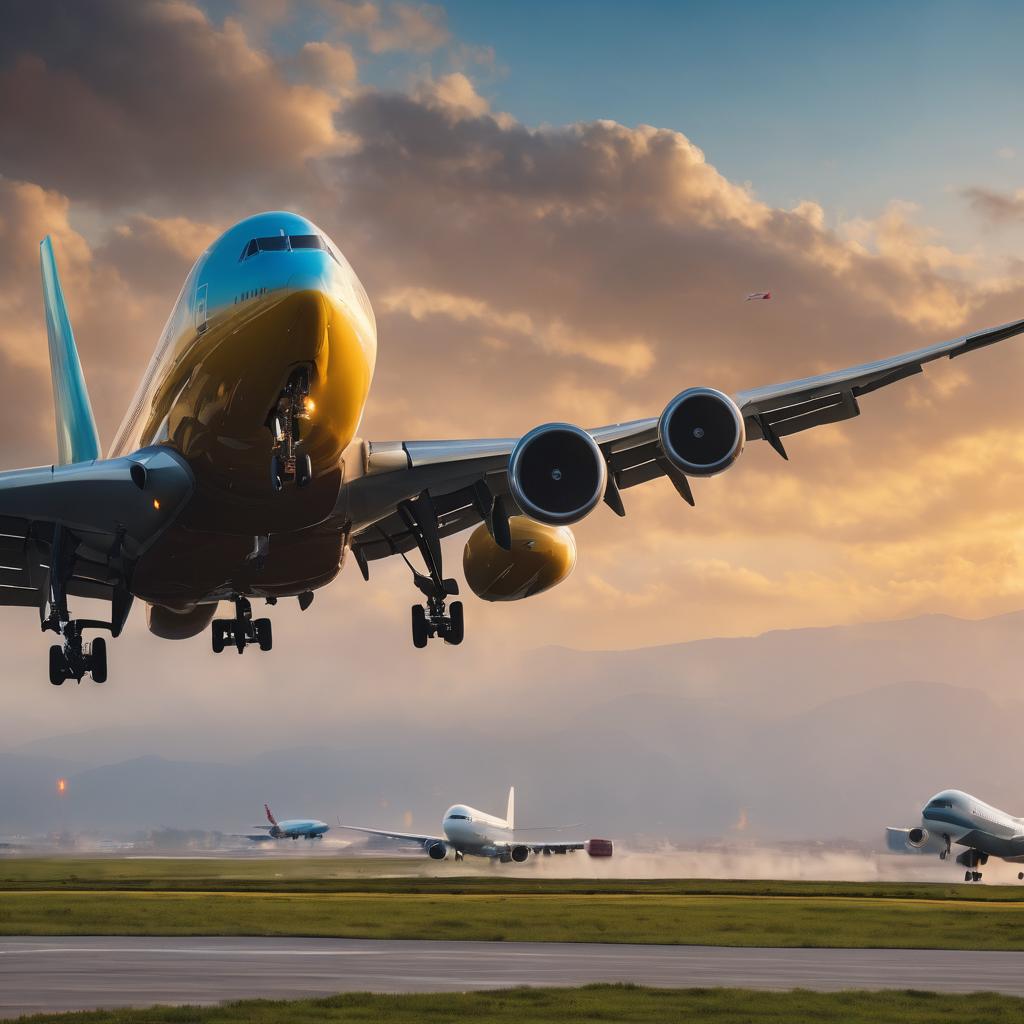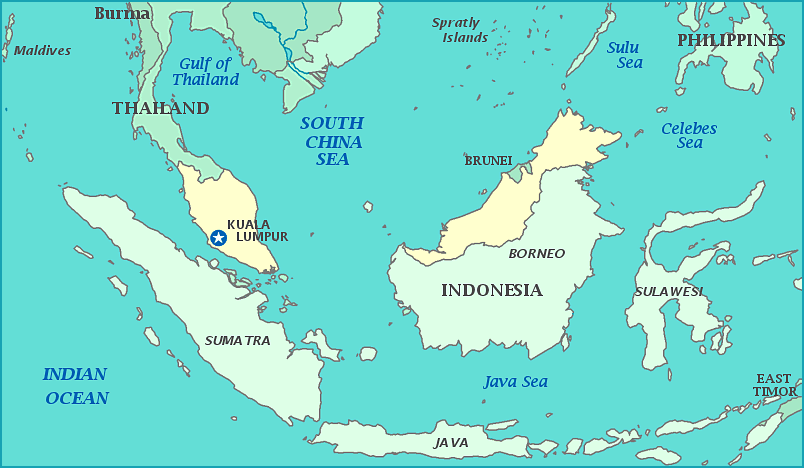Lately, there have been some problems with planes while they’re up in the sky. People are starting to wonder if flying is still safe, especially after things happened with an Alaska Airlines plane and a Japan Airlines plane. This has left many wondering: is flying really safe? Let’s look at the numbers and hear what the experts are saying.

Odds and Comparison
Researchers at Harvard University have crunched the numbers, and the odds of being in a plane crash are quite low, at one in 1.2 million. The chance of a fatal incident increases to one in 11 million. To put things in perspective, the odds of dying in a car accident are much higher, standing at one in 5,000. Richard Aboulafia, an aviation industry analyst, emphasizes that, while no form of transport is entirely risk-free, choosing to fly is much safer than opting for a road journey.
Positive Trends in Air Safety
The International Civil Aviation Organization (ICAO) releases an annual global safety report, and the 2022 report showed a nearly 10% decrease in accidents compared to the previous year. Moreover, fatalities resulting from aircraft accidents dropped by over 65% during the same period. MIT’s research also shows good news. From 2008 to 2017, only one person out of about 7.9 million passengers had something bad happen while flying.
Also Read: Exploring BTS V’s Favorite Food Adventures
Role of Technological Advancements
Better technology is a big reason why flying is safer now. The people who make planes have made lots of improvements, like using fancy glass cockpits, better engines, and upgraded equipment for the crew.
Safety Checks
Before an aircraft takes off, it undergoes meticulous safety checks known as A, C, and D checks. A checks involve routine maintenance tasks, such as changing filters, lubricating key systems, and inspecting emergency equipment. On the other hand, C and D checks are more comprehensive and are performed at regular intervals based on the aircraft’s service life or flight hours. While many airlines can perform A checks, only certain ones can handle the more intensive C and D checks.
Concerns Amidst Recent Incidents
Despite these stringent safety protocols, recent incidents have raised concerns among experts. Experts who know a lot about planes, like John Strickland and Alex Macheras, are concerned about strange things happening during flights, like a part of the plane coming off. These unusual events don’t happen often in today’s flying, so experts are paying close attention to them.
Challenges on the Horizon
The UK’s Reading University adds another layer to the safety discussion. A study says that there’s been a 55% increase in bumpy air over the North Atlantic from 1979 to 2020.
Also Read: Understanding the Risks of Too Much Sitting
Verdict
Even though the numbers show that flying is usually safe, recent problems remind us that we always need to be careful and make things better. Especially with challenges like bumpy air from climate change, the people who make planes need to keep working hard to make flying even safer. Flying is something we all need to take care of together, and when the experts focus on making planes better and safer, we can all fly feeling confident and sure about it.



















